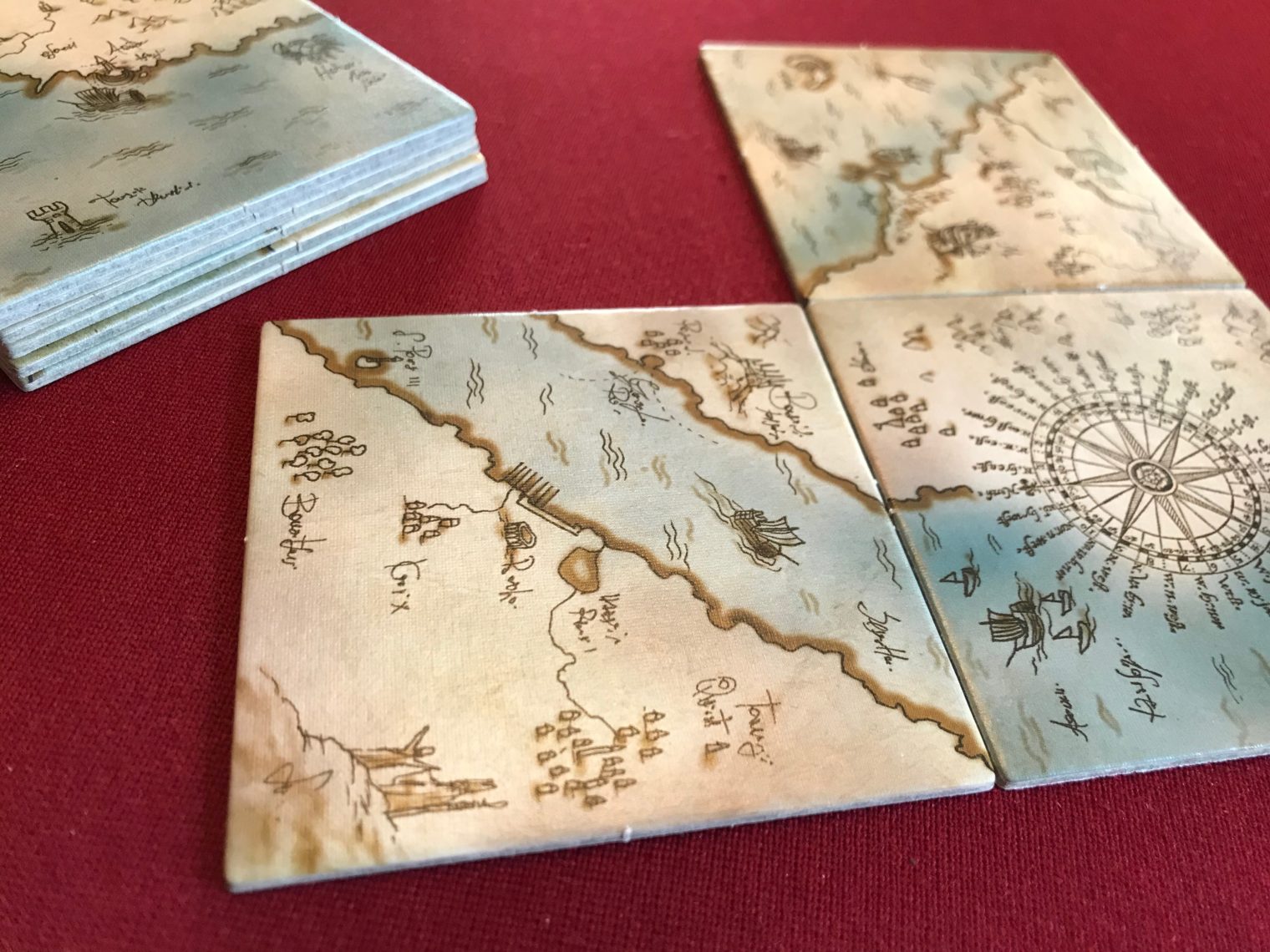Charles Dickens was not a bad writer. The hottest of takes, I know. Dickens was a master of worldbuilding—creating spaces you could smell and taste and feel. He invited his readers into the lives of his characters, showing us their pain and hope and also, hot damn, that man needed an editor.
My husband the English teacher constantly reminds me (yes, we do talk about Dickens often, why do you ask?) that Mr. Dickens was writing serial fiction for the newspapers, that it couldn’t be revised, and moreover he was being paid by the word—of course he went on and on. I always grant this premise, of course, but I constantly remind him that there is ample time to revise before those serial episodes are compiled into a book.
Anyway, why am I talking about Charles Dickens and his effusive prose? And who am I anyway? I’m Alice Connor and I adore board games that are concise.
This word “concise” means “saying a lot with the smallest number of words.” It means not padding your essays and using words that communicate what you mean efficiently. Concise means a lot done with a little.
Now, this is not to say that I don’t like long, complex games. My students and I one night played 7 Wonders with all of the expansions simultaneously. As it turns out, not recommended. And while it’s no Twilight Imperium, I do enjoy a few hours of Catan: Cities and Knights plus Seafarers plus a soupcon of Traders and Barbarians. I really enjoy the calculations and give-and-take in Tzolk’in. But what I don’t care for is complexity for the sake of complexity. To me, Caverna is really just Too Much Agricola. In other words, adding more things to do, more tracks, more bits, doesn’t always add more enjoyment or even more brain-burning goodness.
All this came up recently because, perhaps like a lot of you, I found myself buying game after game during the pandemic as a coping mechanism. My last count (since Covid isn’t yet over) is 62 games bought or Kickstarted since March 15, 2020. Ninety-five percent of them are phenomenal (more on that 5% in another post) but I had an epiphany when I received one particular game in the mail: Reiner Knizia’s Chartae.

The game is comprised of nine tiles, each with a unique layout of ocean and land reminiscent of Carcassonne. And that’s it. It takes up less than one square foot of table-space and the small box could easily be misplaced. The rules could be written out on a Post-It note. Yet it holds a world of analysis paralysis, a world of take-that and satisfaction. It is brief yet comprehensive, it reveals so much with so little.
Two players sit opposite one another, drawing and placing tiles into a 3×3 square, orienting each to give their own terrain—water or land—the largest contiguous space. So far, so simple. On your turn, you may place a tile in any orientation, orthogonally adjacent to any other tile within that 3×3 limit, or you may rotate any already-placed tile 90-degrees clockwise.
And there is the rub: how do you place tiles so they’re helpful to you, unhelpful to your opponent, and continue to be so if they’re rotated? And how do you place or rotate tiles so that you still have time to rotate them more before the last tile is placed? Reader, you won’t have time. The last tile comes so much more quickly than you expect. The game ends immediately with the last tile placed and the player with their terrain connected over the largest number of tiles wins.
Chartae is crisp, minimal even, inviting so much thought and second-guessing with so few pieces. A single rotation is cause for intense scrutiny and planning. I will often place a tile in a way that doesn’t benefit me but with a rotation or two at just the right time, could turn the tables dramatically. There’s depth here, particularly if you play with someone whose gaming soul you know well, and such simplicity you might wonder how the good doctor could pack so much game into such a tiny box.
Years ago I went with a friend to hear his jazz percussion teacher play at a club. It was good, but I couldn’t really tell you why. When I asked what made his teacher a better musician, my friend said, “He only plays what the music needs.” His playing was concise—rich and minimal at the same time, not flashy but still deeply satisfying. This is what Chartae and lots of other games do: they offer you only what the game needs and no more.
Chartae is an extreme example. Concision doesn’t have to lead down the path of minimal components—it’s about what you do with the components you have. I think something like Agricola is concise or at least concise-adjacent, though it has lots of bits and bobs. Each element in that game, each decision and each progression comes at the cost of something else. Every animal or unplowed field or occupation overlaps like a massive, and possibly four-dimensional, Venn diagram.
I suspect all of us would have our own, probably contradictory, examples of concise games as well as deeply-held opinions about whether it’s a good thing. What games in your collection would you say are concise? Do you prefer huge, sprawling games or tightly designed games? Does the restriction of very few components feel like an invitation or confinement?
Chartae is a neat little game for sure. Between this and Babylonia, here’s hoping The Good Doctor himself is back in his Tigris & Euphrates / Ra form!!
Well, arguably Knizia already returned to form in 2017 with Quest for El Dorado…but I second that emotion!
[…] Meal is a concise game for 1-8 players, though with many more cards than Chartae. Each player receives a hand of three square cards, each with nine different, brightly-colored and […]